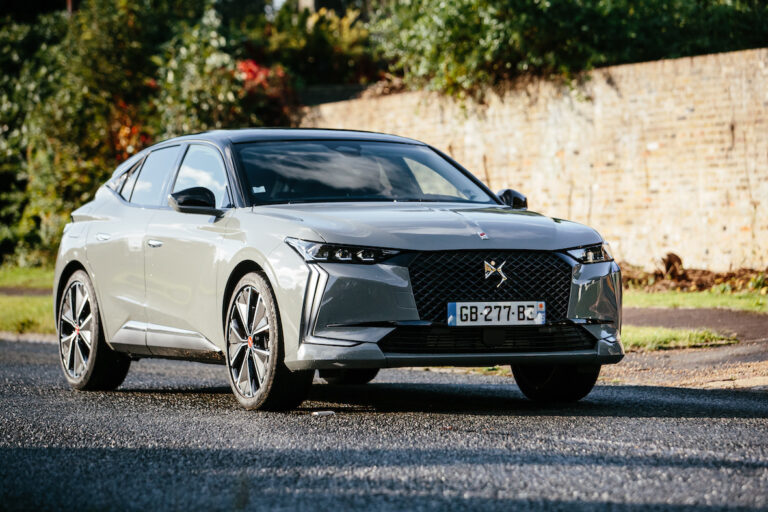The DS brand might have had a somewhat slow start, but it now appears that momentum is finally building behind the French firm. After its initial arrival in 2009 and then its official split from Citroen in 2015, with 45 stores across the UK, it’s certainly still not large, but DS now outsells Lexus across Europe and is about to overtake Jaguar too.
This DS4 E-Tense is the plug-in hybrid version of the French firm’s new mid-range hatchback. Offering a dose of hand-crafted French luxury, how does it fare against more traditional premium rivals?
DS4 E-TENSE 225 PHEV – DESIGN

With sharp looks accentuated with Z-shape front LED lights, flush door handles and jewel-like rear LED lights, the DS4 certainly looks the part to appeal to the substantial three-quarters of retail customers who make up buyers in this class.
Although the DS4 is closer in size to the BMW X2 crossover, DS consider its main rivals for the DS4 to be the premium hatchback models such as the Audi A3, BMW 1-Series and Mercedes A-Class. It certainly turns heads, and we especially like the rear three-quarter angle with the window kink going into the C-pillar between the rear door and tailgate. Not entirely unlike what you might imagine from Lexus, we think that it’s largely a success.
DS4 E-TENSE 225 PHEV – POWER AND RANGE
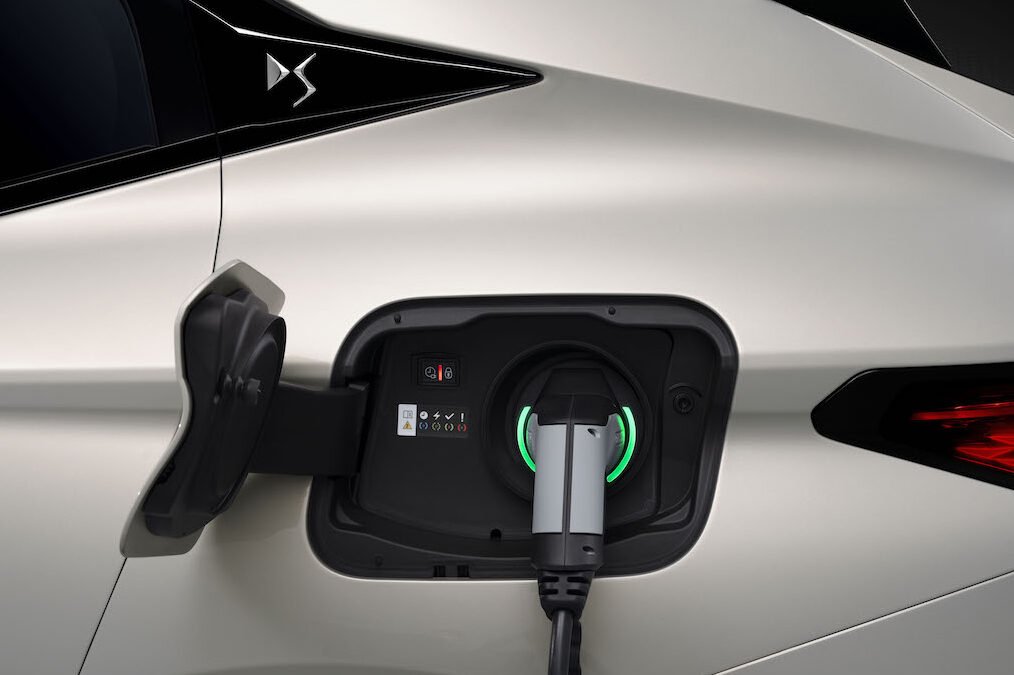
As its name suggests the DS4 E-Tense 225 only offers a single choice of plug-in hybrid powertrain – a 1.6-litre turbo petrol accompanied by a 12.4kWh battery producing 225bhp. Unlike its sister car, the Peugeot 308, DS doesn’t take the lesser 180bhp version of the plug-in hybrid.
Depending on model, this 225bhp car gives the DS4 an all-electric range of 34-38 miles and emissions from 30g/km along with a 0 to 60mph time of just 7.7 seconds and a 145mph top speed. At a home wallbox, the DS4’s 12.4kWh battery can be recharged in just one hour and 55 minutes with a domestic wallbox through the standard 7.4kW onboard charger. On a domestic three-pin plug, DS claims a zero to full charge of just over seven hours.
While DS has admitted that a fully-electric version of the DS4 will arrive in 2024, it remains tight-lipped on any further details. It’s fair to assume however that it’s likely to feature a battery size larger than the 50kW battery in the existing Citroen e-C4 elsewhere in the Stellantis group.
DS4 E-TENSE 225 PHEV – ON THE ROAD
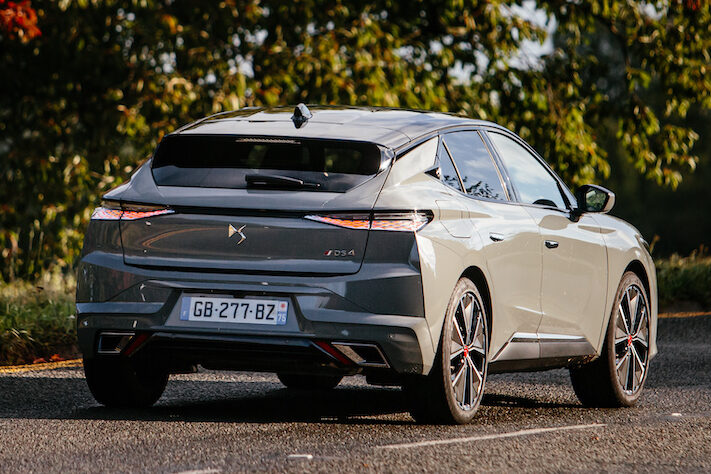
The DS4 gives the driver a choice of four different driving modes – Sport, Hybrid, Comfort or Electric. Overall, the DS4 certainly drives smoothly enough with the Sport mode noticeably sharpening the car’s responses to inputs from the driver.
However, it’s certainly not a sporting car and the steering is noteworthy due to its highly unusual and slightly synthetic feel. Put simply, at times it can feel almost entirely disconnected from what the front wheels are doing ahead of you, lacking responsiveness and then suddenly reacting. It couldn’t be more different than the brilliant Peugeot 308 Plug-in hybrid with the same engine and battery combination.
By comparison though, Comfort mode is very impressive. It may lack that ultimate sharpness, but it makes up for that in sheer comfort with a decent ride quality. In short, it feel much more suited to the nature of the car than the Sport mode. The same goes for Hybrid and Electric modes too. They may all add a few seconds to a journey time, but the DS4 feels much more at home in these modes.
Even with that though, it’s still slightly disappointing not to have more control over the regenerative braking, as it is, when in D mode it’s non-existent, while the B mode gives you more resistance, but any drivers with past experience of a plug-in hybrid are likely to want something stronger still.
DS4 E-TENSE 225 PHEV – INTERIOR
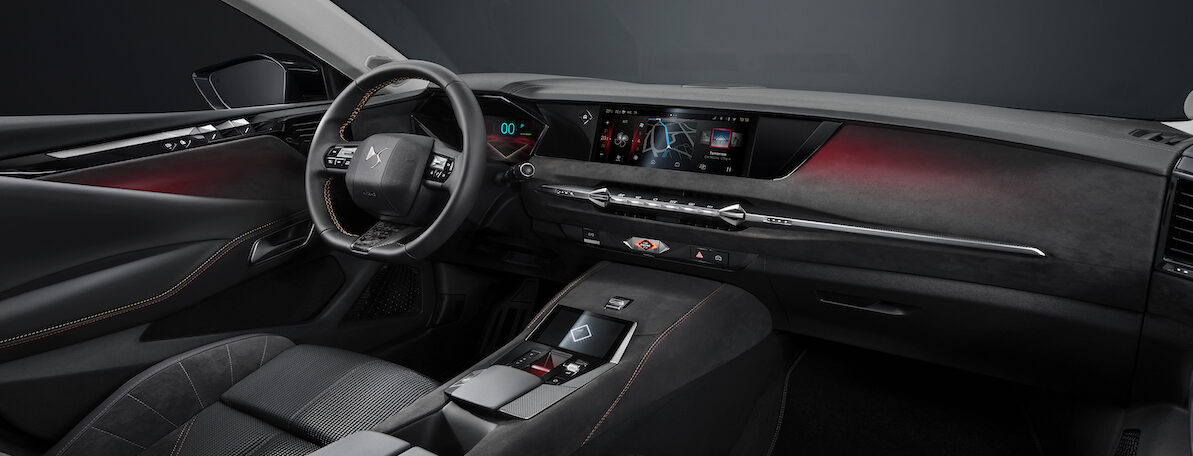
There’s no question that it’s the interior which is most likely to win over potential DS4 E-Tense buyers. Along with carbon fibre and hand-stitching on the steering wheel, the DS4’s interior is packed with some lovely touches both in terms of its design and detail. The metal finish has been designed to match luxury watch design, while there are invisible vents and ash wood pieces of trim around the cabin.
Allied with these traditional elements is a central 10in touchscreen, the layout of which can be tailored to the driver’s preference and a head-up display which can show sat nav instructions, music details and phone calls as well as your speed. Particularly clever is the smaller Smart Touch touchscreen at the base of the dashboard which can be programmed to feature six customisable shortcuts either for the sat nav, regular phone numbers or favourite radio stations. It also has a handwriting recognition system.
While it may sound a little gimmicky, the reality is it works well as does the rest of the interior. Along with the stitched alcantara suede-like trim in the Performance Line models, it’s undoubtedly the best element of the DS4 E-Tense and a notable step above from its more traditional and conservative rivals. The only slightly niggle is with the plastic on the window switches which feels a little cheap to the touch by comparison with the rest of the cabin as does some of the knurled alloy-like plastic trim.
Space is an issue in the cabin too. Not in the front where there’s plenty, but for those in the back where anyone over six feet tall will find their head brushing against the roof and their knees just touching the front seat backs despite them having been scalloped out for extra legroom.
DS4 E-TENSE 225 PHEV – SUMMARY
DS undoubtedly has the lowest profile of all the brands in the Stellantis Group (which includes Peugeot, Citroen, Vauxhall, Fiat and Jeep), but as we said earlier, it’s also a company on the way up. Awareness among customers is growing year on year as more and more buyers look for a change from the traditional German and other premium car companies.
The DS4 E-Tense may not be the most dynamic driving car in the class, but that growing recognition and an ability to match – and better – some of its traditional premium rivals is probably all the excuse that many buyers will need to make the switch. Here at EVs Unplugged, we think that the quality of the interior alone will be largely responsible for tempting new customers.
Compared to the rest of the models in the DS line-up, there’s a solid argument to make that this DS4 E-Tense is one of, if not the, strongest propositions in the DS showroom so far.
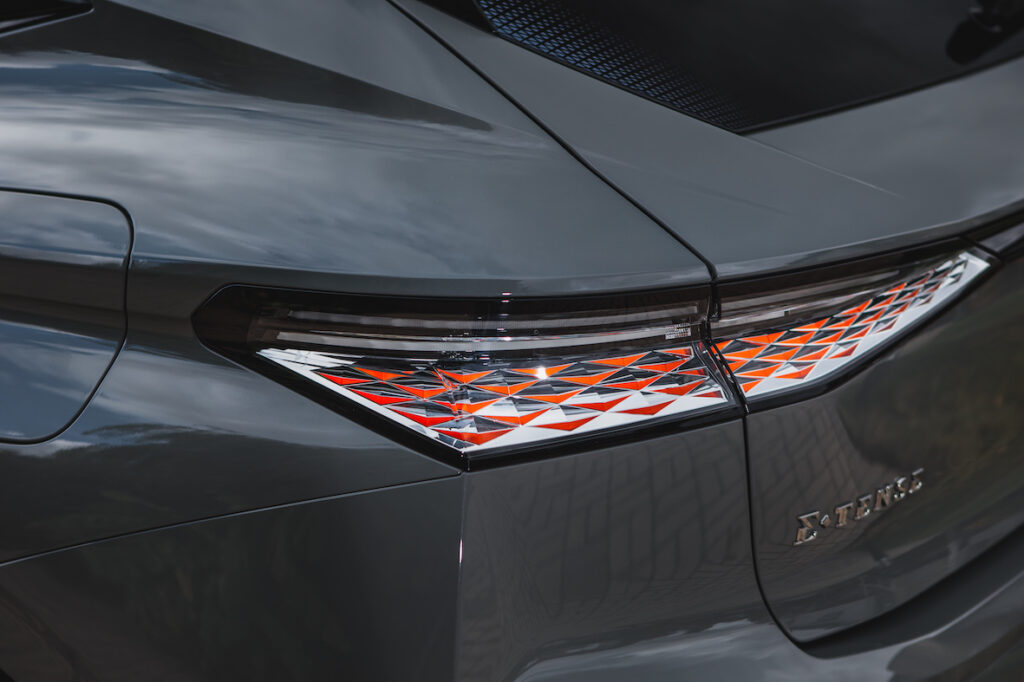
FACT BOX
Model: DS4 E-Tense 225 Plug-In Hybrid
Price: from £36,600
Power: Petrol – 1.6-litre; Battery – 12.4Wh
Electric range: 34-38 miles
Average fuel consumption: 232mpg
CO2 emissions: 30g/km
Rating: 8/10

